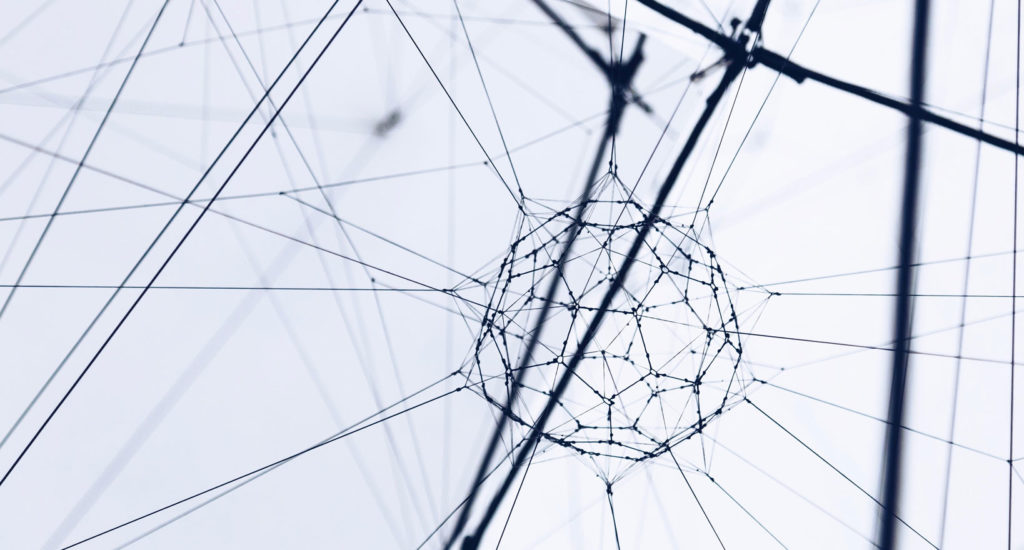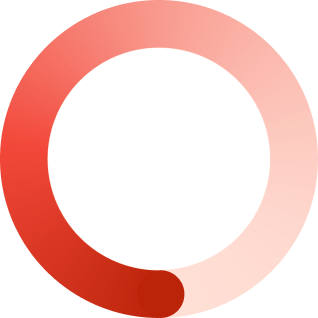I was recently asked what are the top three industries that South African development and design companies do exceptionally well in. I answered that, in my opinion, it has been Medical, Security and Financial. The amazing development in these areas supersedes many other countries by far – emerging economy or first world. Indeed, because of the focus on these areas, I believe that IoT created around those industries will outstrip the IoT development in other countries. Thinking further, I would have liked to add a fourth and fifth industry to that and take the opportunity to do that now; namely Agriculture and Smart Cities.
Having grown up in a challenging country in terms of safety, I find that an average South African with no security training can find the loopholes in home safety fairly quickly. It is at the forefront of our minds to ensure that our families, ourselves and our properties are safe. Thus, we are more likely to create safe IoT networks. This can be taken step further when we look at smart homes. Smart homes have been focused on how to create a home that assists you with your busy life, but what about a smart home that assists you with staying safe? Taken a step further, this could even include the city that you live.
But let’s go back to the personal space; the home, this safety can be linked to the creation of a healthy home. Unlike Europe, our population is not aging, it’s younger and therefore we have an opportunity to take care of families as they grow. With the current whispers of NHI, a family can ensure they rely less on the National Health Insurance by having a smart home that includes health and security settings.
"there will be so many devices, sensors, things that you are wearing, things that you are interacting with, that you won't even sense it. It will be part of your presence all the time. Imagine you walk into a room, and the room is dynamic. And with your permission and all of that, you are interacting with the things going on in the room."

Former CEO of Google
Soon, we will link cars to cars, cars to homes, homes to neighborhoods and neighborhoods to cities. And then add the wearables and we can have wearables to cars and wearables to homes. A truly human, and even pet, centered development. An appointment on your wearable will notify you to leave home and let your car know which route to take – the quickest or the safest route. A reading from your wearable will let you know that your body temperature is high and check the home or car thermostat before notifying you that, perhaps you should rest as it seems that a cold could be coming on.
Wearables on your children could notify you of changes in their health that could be monitored. These could be linked to the house allowing certain rooms to be warmer or cooler. Displays could be locked too, unless a matching wearable is in the house, ensuring that screen time is monitored.
In terms of safety, a wearable matching a vehicle with a password could alert the house to open the garage, but if the password is incorrectly registered it could notify the security company instead.
But what are the questions that we will need answers to before we can create this IoT world?
Platforms / Ecosystems
As the things of Internet of Things increase to include everyone and everything, how will they ‘communicate’? What platforms will be needed and how will they be managed? What will the standard be? Who will own them and manage them?
Networks / Speed
Data costs are high in South Africa and whilst there are other options such as LoRaWan and Narrowband IOT, these will require a significant investment in infrastructure. So, how can we scale our IoT ecosystems without a massive impact on our wallets?
And then there’s speed. If you have a self driving car that can sense from your wearable that you are about have an epileptic fit, you would want the car to change its route to go to the hospital. If you are at home, it would be best that the smart home inform you of an intrusion the moment a person loiters suspiciously in front of your home and not once they are inside.
Security
This is a massive concern in all of the spaces we are speaking about. How do we ensure that people and objects are kept safe? To be able to lock down a home and a car so that it cannot be infiltrated by outsiders as well as to ensure that the networks are not used to ‘move’ around the city
Between devices, how do we allow one group to have the data of another from smart wearable to smart car to smart home and smart city. Note, I say wearable as watches won’t be the only wearable. Glasses could monitor our eyes for high blood pressure. Small heart monitors in our clothes could alert us to heart problems before they are severe and life threatening. But what are the legalities of this data moving from one device to another?
It is not just about data exchange between devices without shared company ownership, it is also about who owns this data and how it will be used
Ownership of data
If data is kept anonymous and encrypted, acted upon with algorithms to ensure a better life and experience, is that a fair solution? Or should the owner of the data decide on who can and can’t see their data? Many apps such as Facebook or Twitter (recently criticised for taking ownership of all tweets and all data) keep your data as payment for the use of their app. Will IoT work in the same way across all industries?
The world of IoT is growing everyday and solutions are being found. Personally though, what I am more excited about are the possibilities of IoT to save lives, to enhance lives and to create active, engaged lives. A few people have commented that IoT hasn’t taken off in the way predicted. I am with Eric Schmidt when he stated that “[there will be] so many devices, sensors, things that you are wearing, things that you are interacting with, that you won’t even sense it. It will be part of your presence all the time. Imagine you walk into a room, and the room is dynamic. And with your permission and all of that, you are interacting with the things going on in the room.”
I look forward to living in a dynamic world.
Photo by Sebastien Gabriel on Unsplash





